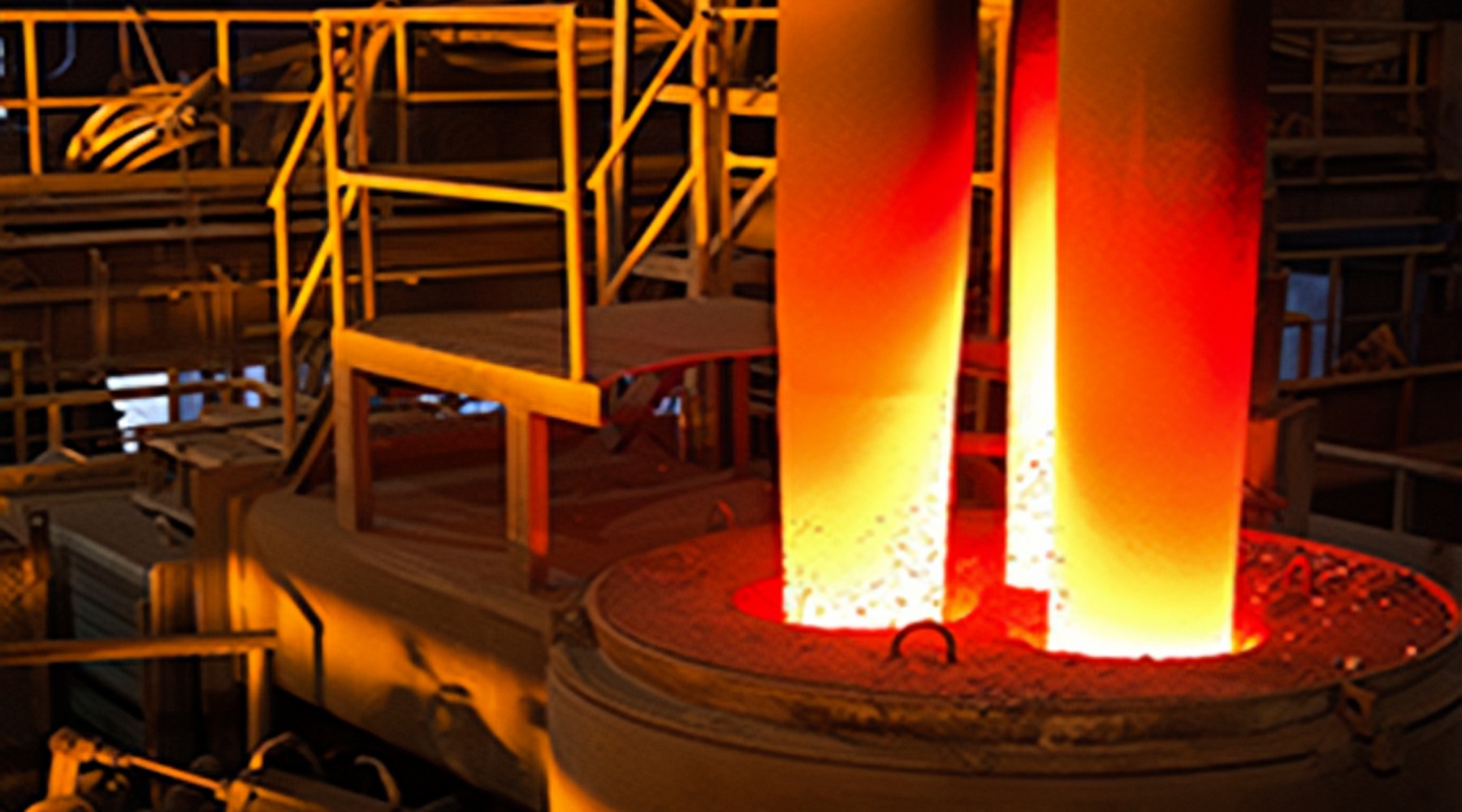Ladle furnace power consumption is critical to optimizing the steelmaking process. Ladle furnaces play a vital role in the steelmaking process, but their power consumption can significantly impact production costs and environmental sustainability.
Understanding the factors that affect power usage is critical to optimizing furnace efficiency. Here, we explore the various factors that influence LF power consumption and discuss strategies for minimizing energy use.
Ladle Furnace Power Consumption Factors
a) A critical factor is the operating temperature of the ladle furnace.
The higher the temperature, the more energy required to maintain it. By carefully monitoring and controlling temperature, manufacturers can avoid excessive power consumption. Implementing advanced temperature control systems and using insulation materials can further improve energy efficiency.
b) The quality and composition of scrap metal and additives also affect electricity consumption.
Impurities and excessive moisture content in scrap metal can lead to higher energy requirements. Proper separation, handling and pre-processing of scrap can minimize these problems, thereby reducing power consumption during the melting process. Additionally, the use of high-quality additives and alloys helps optimize steel quality and minimize energy waste.
c) Ladle furnaces design & insulation are critical to prevent heat loss.
A well-insulated LF retains heat effectively, reducing the need for additional energy input.
Regular maintenance and inspection of insulation is essential to ensure optimal performance. In addition, the use of highly heat-resistant refractory materials can minimize heat loss, thereby reducing power consumption.
d) Process optimization technologies such as foamed slag and electromagnetic stirring also contribute to energy saving. Foamed slag helps improve heat transfer efficiency and reduces overall power requirements. Electromagnetic stirring technology enables better mixing and uniformity, resulting in shorter processing times and lower energy consumption.
e) Another important factor affecting power consumption is the control system of the ladle furnace.
Advanced control algorithms and sensors are used to precisely monitor and regulate power input. This ensures that energy is only used when necessary, while maintaining the required steel quality.
In summary, ladle furnace power consumption can be optimized by considering a variety of factors.
Effective control of operating temperatures, proper scrap metal disposal, improved insulation materials, process optimization techniques and advanced control systems can all help reduce energy use.
By implementing these strategies and employing innovative technologies, steelmakers can achieve greater energy efficiency, cost savings and a greener footprint in the steel industry.
This article takes an in-depth look at the factors that influence power consumption, highlighting key strategies and techniques you can use to minimize energy use.
By understanding and implementing these measures, steelmakers can reduce costs, enhance sustainability and improve overall productivity.
If you have any questions or needs about ladle furnaces, refining furnaces, electric arc furnaces, induction furnaces, submerged furnaces and other smelting furnaces, please feel free to contact our factory.

